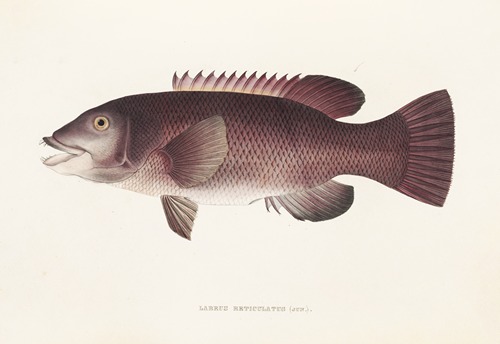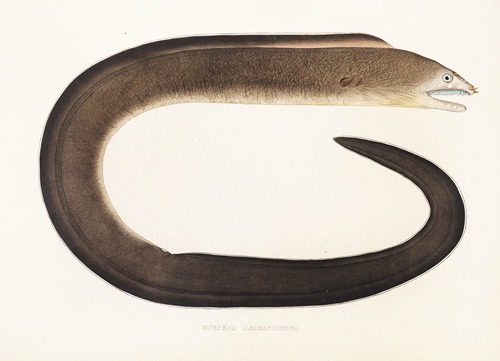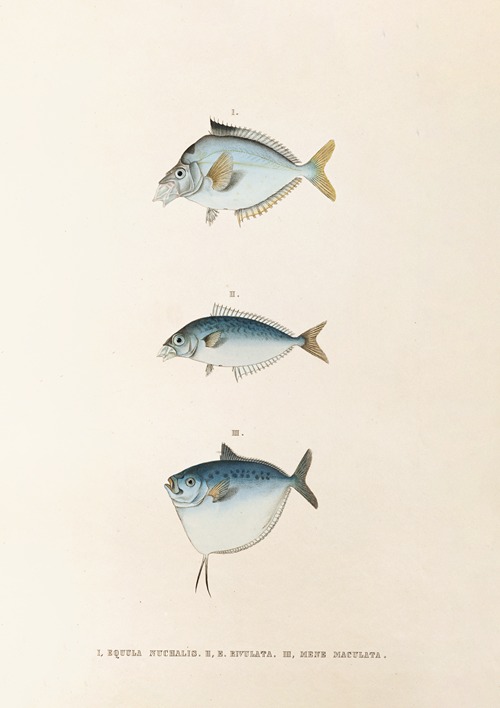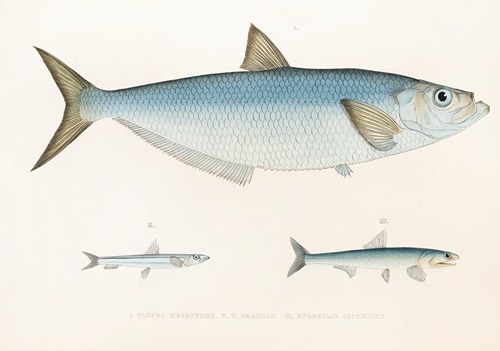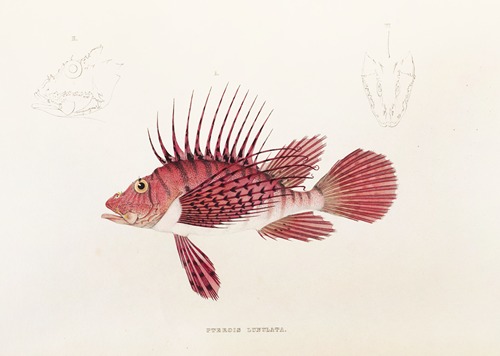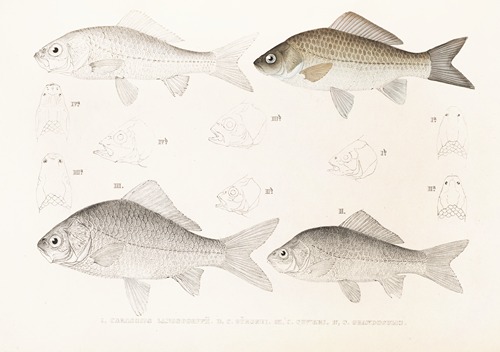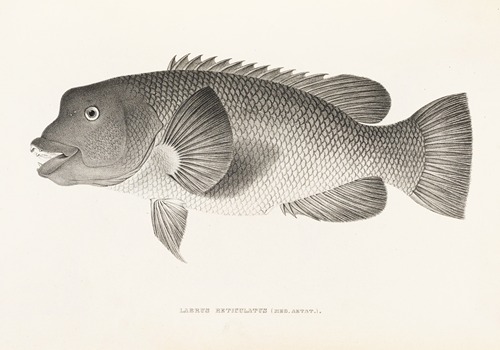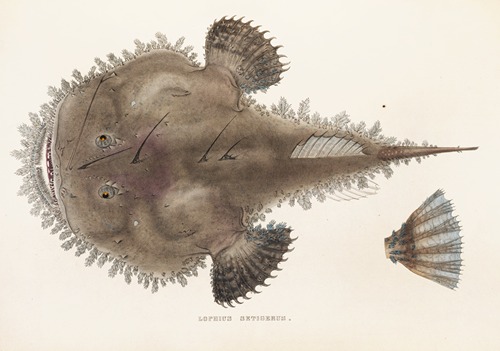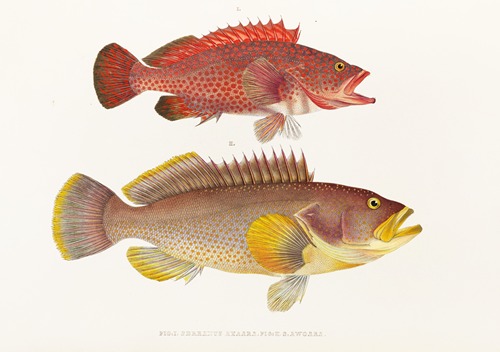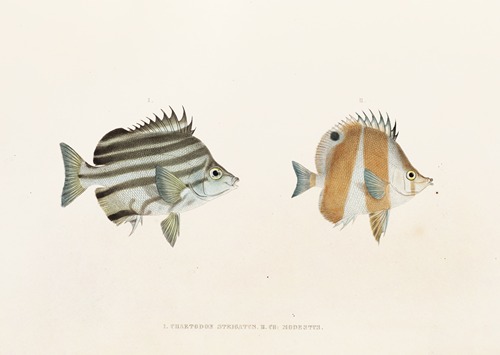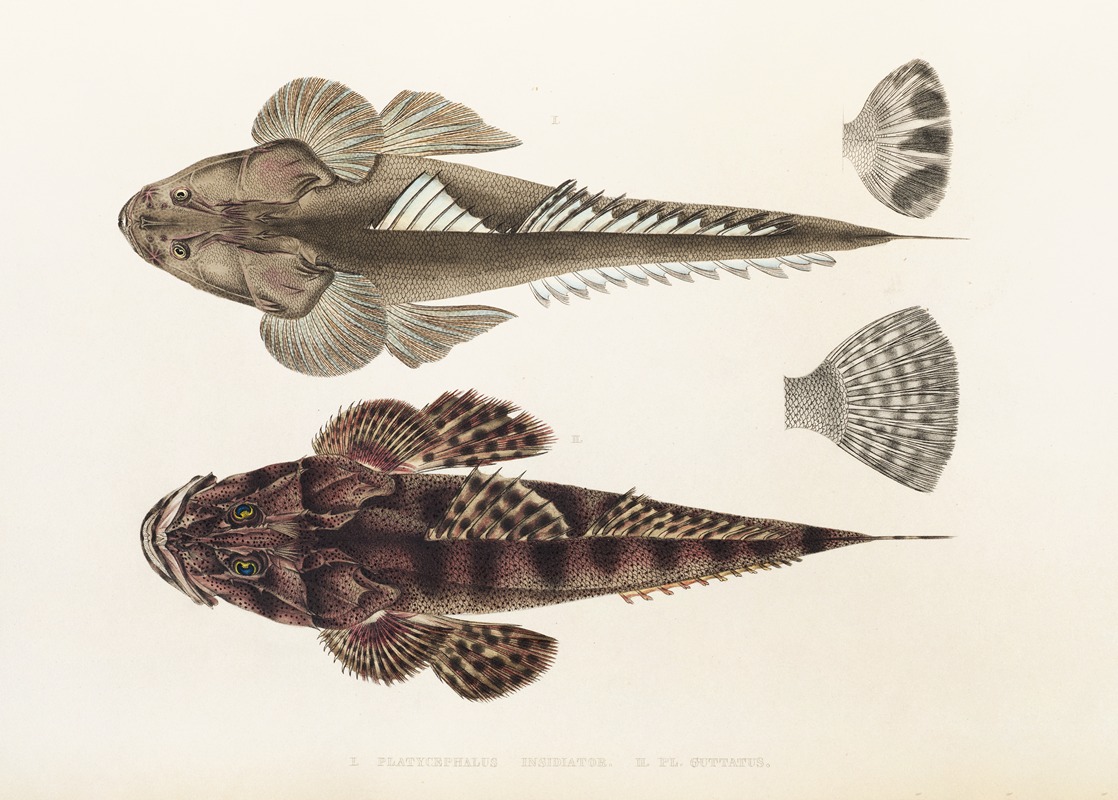
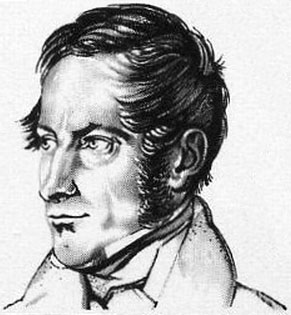
Philipp Franz Balthasar von Siebold was a German physician, botanist and traveler. He achieved prominence by his studies of Japanese flora and fauna and the introduction of Western medicine in Japan. He was the father of the first female Japanese doctor educated in Western medicine, Kusumoto Ine.
Born into a family of doctors and professors of medicine in Würzburg (then in the Bishopric of Würzburg, later part of Bavaria), Siebold initially studied medicine at the University of Würzburg from November 1815, where he became a member of the Corps Moenania Würzburg. One of his professors was Franz Xaver Heller (1775–1840), author of the Flora Wirceburgensis ("Flora of the Grand Duchy of Würzburg", 1810–1811). Ignaz Döllinger (1770–1841), his professor of anatomy and physiology, however, most influenced him. Döllinger was one of the first professors to understand and treat medicine as a natural science. Siebold stayed with Döllinger, where he came in regular contact with other scientists. He read the books of Humboldt, a famous naturalist and explorer, which probably raised his desire to travel to distant lands. Philipp Franz von Siebold became a physician by earning his M.D. degree in 1820. He initially practiced medicine in Heidingsfeld, in the Kingdom of Bavaria, now part of Würzburg.
Invited to Holland by an acquaintance of his family, Siebold applied for a position as a military physician, which would enable him to travel to the Dutch colonies. He entered the Dutch military service on 19 June 1822, and was appointed as ship's surgeon on the frigate Adriana, sailing from Rotterdam to Batavia (present-day Jakarta) in the Dutch East Indies (now called Indonesia). On his trip to Batavia on the frigate Adriana, Siebold practiced his knowledge of the Dutch language and also rapidly learned Malay, and during the long voyage he began a collection of marine fauna. He arrived in Batavia on 18 February 1823.
As an army medical officer, Siebold was posted to an artillery unit. However, he was given a room for a few weeks at the residence of the Governor-General of the Dutch East Indies, Baron Godert van der Capellen, to recover from an illness. With his erudition, he impressed the Governor-General, and also the director of the botanical garden at Buitenzorg (now Bogor), Caspar Georg Carl Reinwardt. These men sensed in Siebold a worthy successor to Engelbert Kaempfer and Carl Peter Thunberg, two former resident physicians at Dejima, a Dutch trading post in Japan, the former of whom was the author of Flora Japonica. The Batavian Academy of Arts and Sciences soon elected Siebold as a member.
On 28 June 1823, after only a few months in the Dutch East Indies, Siebold was posted as resident physician and scientist to Dejima, a small artificial island and trading post at Nagasaki, and arrived there on 11 August 1823. During an eventful voyage to Japan he only just escaped drowning during a typhoon in the East China Sea. As only a very small number of Dutch personnel were allowed to live on this island, the posts of physician and scientist had to be combined. Dejima had been in the possession of the Dutch East India Company (known as the VOC) since the 17th century, but the Company had gone bankrupt in 1798, after which a trading post was operated there by the Dutch state for political considerations, with notable benefits to the Japanese.
The European tradition of sending doctors with botanical training to Japan was a long one. Sent on a mission by the Dutch East India Company, Engelbert Kaempfer (1651–1716), a German physician and botanist who lived in Japan from 1690 until 1692, ushered in this tradition of a combination of physician and botanist. The Dutch East India Company did not, however, actually employ the Swedish botanist and physician Carl Peter Thunberg (1743–1828), who had arrived in Japan in 1775.
Japanese scientists invited Siebold to show them the marvels of western science, and he learned in return through them much about the Japanese and their customs. After curing an influential local officer, Siebold gained the permission to leave the trade post. He used this opportunity to treat Japanese patients in the greater area around the trade post. Siebold is credited with the introduction of vaccination and pathological anatomy for the first time in Japan.
In 1824, Siebold started a medical school in Nagasaki, the Narutaki-juku, that grew into a meeting place for around fifty students. They helped him in his botanical and naturalistic studies. The Dutch language became the lingua franca (common spoken language) for these academic and scholarly contacts for a generation, until the Meiji Restoration.
His patients paid him in kind with a variety of objects and artifacts that would later gain historical significance. These everyday objects later became the basis of his large ethnographic collection, which consisted of everyday household goods, woodblock prints, tools and hand-crafted objects used by the Japanese people.
During his stay in Japan, Siebold "lived together" with Kusumoto Taki (楠本滝), who gave birth to their daughter Kusumoto (O-)Ine in 1827. Siebold used to call his wife "Otakusa" (probably derived from O-Taki-san) and named a Hydrangea after her. Kusumoto Ine eventually became the first Japanese woman known to have received a physician's training and became a highly regarded practicing physician and court physician to the Empress in 1882. She died at court in 1903.
His main interest, however, focused on the study of Japanese fauna and flora. He collected as much material as he could. Starting a small botanical garden behind his home (there was not much room on the small island) Siebold amassed over 1,000 native plants. In a specially built glasshouse he cultivated the Japanese plants to endure the Dutch climate. Local Japanese artists like Kawahara Keiga drew and painted images of these plants, creating botanical illustrations but also images of the daily life in Japan, which complemented his ethnographic collection. He hired Japanese hunters to track rare animals and collect specimens. Many specimens were collected with the help of his Japanese collaborators Keisuke Ito (1803–1901), Mizutani Sugeroku (1779–1833), Ōkochi Zonshin (1796–1882) and Katsuragawa Hoken (1797–1844), a physician to the shōgun. As well, Siebold's assistant and later successor, Heinrich Bürger (1806–1858), proved to be indispensable in carrying on Siebold's work in Japan.
Siebold first introduced to Europe such familiar garden-plants as the Hosta and the Hydrangea otaksa. Unknown to the Japanese, he was also able to smuggle out germinative seeds of tea plants to the botanical garden Buitenzorg in Batavia. Through this single act, he started the tea culture in Java, a Dutch colony at the time. Until then Japan had strictly guarded the trade in tea plants. Remarkably, in 1833, Java already could boast a half million tea plants.
He also introduced Japanese knotweed (Reynoutria japonica, syn. Fallopia japonica), which has become a highly invasive weed in Europe and North America. All derive from a single female plant collected by Siebold.
During his stay at Dejima, Siebold sent three shipments with an unknown number of herbarium specimens to Leiden, Ghent, Brussels and Antwerp. The shipment to Leiden contained the first specimens of the Japanese giant salamander (Andrias japonicus) to be sent to Europe.
In 1825 the government of the Dutch-Indies provided him with two assistants: apothecary and mineralogist Heinrich Bürger (his later successor) and the painter Carl Hubert de Villeneuve. Each would prove to be useful to Siebold's efforts that ranged from ethnographical to botanical to horticultural, when attempting to document the exotic Eastern Japanese experience. De Villeneuve taught Kawahara the techniques of Western painting.
Reportedly, Siebold was not the easiest man to deal with. He was in continuous conflict with his Dutch superiors who felt he was arrogant. This threat of conflict resulted in his recall in July 1827 back to Batavia. But the ship, the Cornelis Houtman, sent to carry him back to Batavia, was thrown ashore by a typhoon in Nagasaki bay. The same storm badly damaged Dejima and destroyed Siebold's botanical garden. Repaired, the Cornelis Houtman was refloated. It left for Batavia with 89 crates of Siebold's salvaged botanical collection, but Siebold himself remained behind in Dejima.
In 1826 Siebold made the court journey to Edo. During this long trip he collected many plants and animals. But he also obtained from the court astronomer Takahashi Kageyasu several detailed maps of Japan and Korea (written by Inō Tadataka), an act strictly forbidden by the Japanese government. When the Japanese discovered, by accident, that Siebold had a map of the northern parts of Japan, the government accused him of high treason and of being a spy for Russia.
The Japanese placed Siebold under house arrest and expelled him from Japan on 22 October 1829. Satisfied that his Japanese collaborators would continue his work, he journeyed back on the frigate Java to his former residence, Batavia, in possession of his enormous collection of thousands of animals and plants, his books and his maps. The botanical garden of Buitenzorg would soon house Siebold's surviving, living flora collection of 2,000 plants. He arrived in the Netherlands on 7 July 1830. His stay in Japan and Batavia had lasted for a period of eight years.
Philipp Franz von Siebold arrived in the Netherlands in 1830, just at a time when political troubles erupted in Brussels, leading soon to Belgian independence. Hastily he salvaged his ethnographic collections in Antwerp and his herbarium specimens in Brussels and took them to Leiden, helped by Johann Baptist Fischer. He left behind his botanical collections of living plants that were sent to the University of Ghent. The consequent expansion of this collection of rare and exotic plants led to the horticultural fame of Ghent. In gratitude the University of Ghent presented him in 1841 with specimens of every plant from his original collection.
Siebold settled in Leiden, taking with him the major part of his collection. The "Philipp Franz von Siebold collection", containing many type specimens, was the earliest botanical collection from Japan. Even today, it still remains a subject of ongoing research, a testimony to the depth of work undertaken by Siebold. It contained about 12,000 specimens, from which he could describe only about 2,300 species. The whole collection was purchased for a handsome amount by the Dutch government. Siebold was also granted a substantial annual allowance by the Dutch King William II and was appointed Advisor to the King for Japanese Affairs. In 1842, the King even raised Siebold to the nobility as an esquire.
The "Siebold collection" opened to the public in 1831. He founded a museum in his home in 1837. This small, private museum would eventually evolve into the National Museum of Ethnology in Leiden. Siebold's successor in Japan, Heinrich Bürger, sent Siebold three more shipments of herbarium specimens collected in Japan. This flora collection formed the basis of the Japanese collections of the National Herbarium of the Netherlands in Leiden, while the zoological specimens Siebold collected were kept by the Rijksmuseum van Natuurlijke Historie (National Museum of Natural History) in Leiden, which later became Naturalis. Both institutions merged into Naturalis Biodiversity Center in 2010, which now maintains the entire natural history collection that Siebold brought back to Leiden.
In 1845 Siebold married Helene von Gagern (1820–1877), they had three sons and two daughters.
